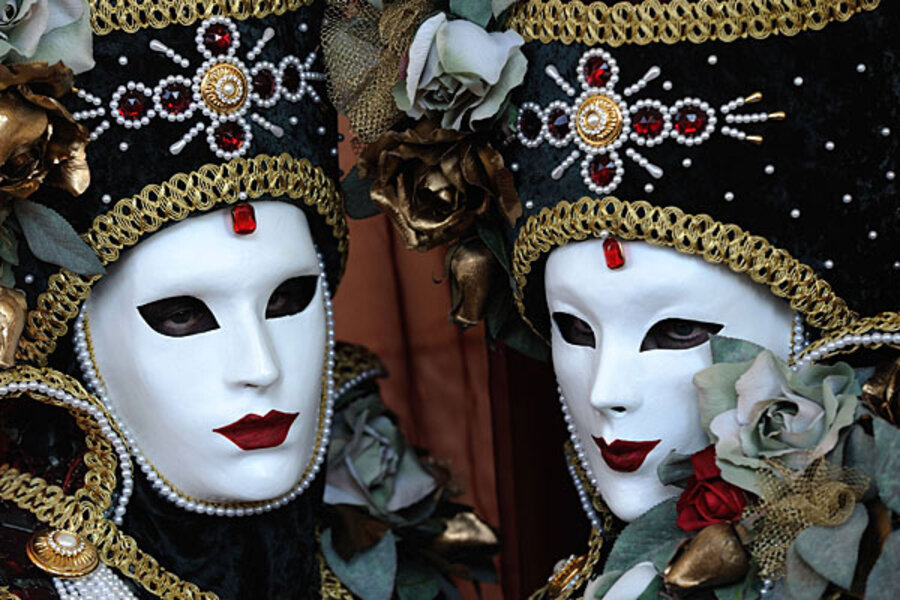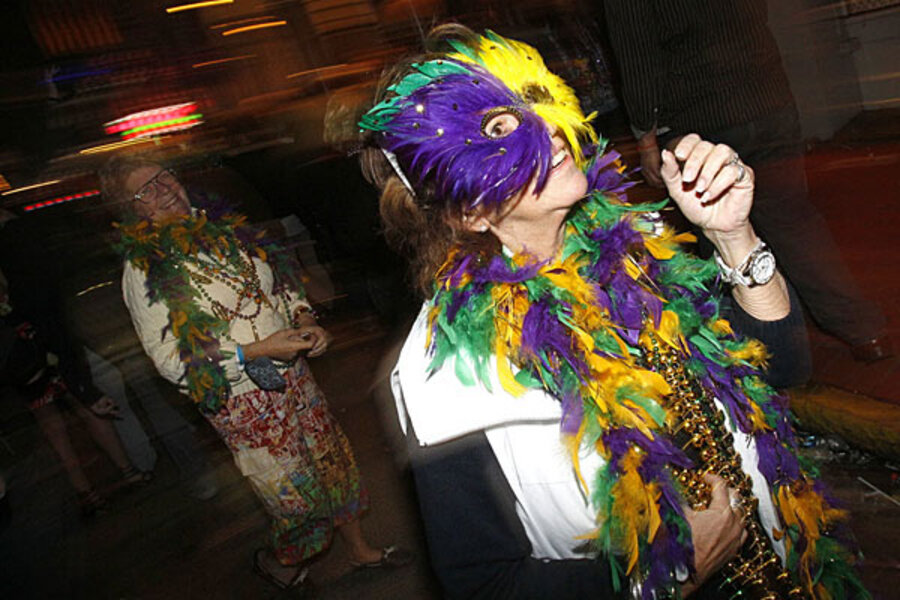The biggest Mardi Gras city in America has built a brand and economy around the festival and is expecting a record-breaking 3 million-plus people this year.
The New Orleans Mardi Gras festivities can be broken down into three attractions. There are the private balls held by membership organizations called Krewes. There are the public and raucous parades that wind through the French Quarter. And there are the notorious and often times debaucherous parties in the bars and on the streets of the French Quarter - but most New Orleanians would say that is a year-round party and not truly part of Mardi Gras.
The Krewe balls are so elite that even New Orleans governors have been refused entry. Inside, aside from dancing, invited guests may be shown a skit and are likely to bear witness to new débutantes coming out to high society.
Krewes also make elaborate and expensive floats that become the focus of the millions of people lining the parade route. One float can cost over $1 million to design and build.
Fat Tuesday features the most floats and parades of any other day of the Mardi Gras festival with 22 floats and seven parades this year.
The festival is so vital to New Orleans that they have only been cancelled 13 times - all of which were due to war. And no, they didn't cancel Mardi Gras after Hurricane Katrina devastated the city.
While New Orleans is the most notorious city to celebrate Mardi Gras in America, the next city's party dwarfs the Big Easy's two months of parades.






